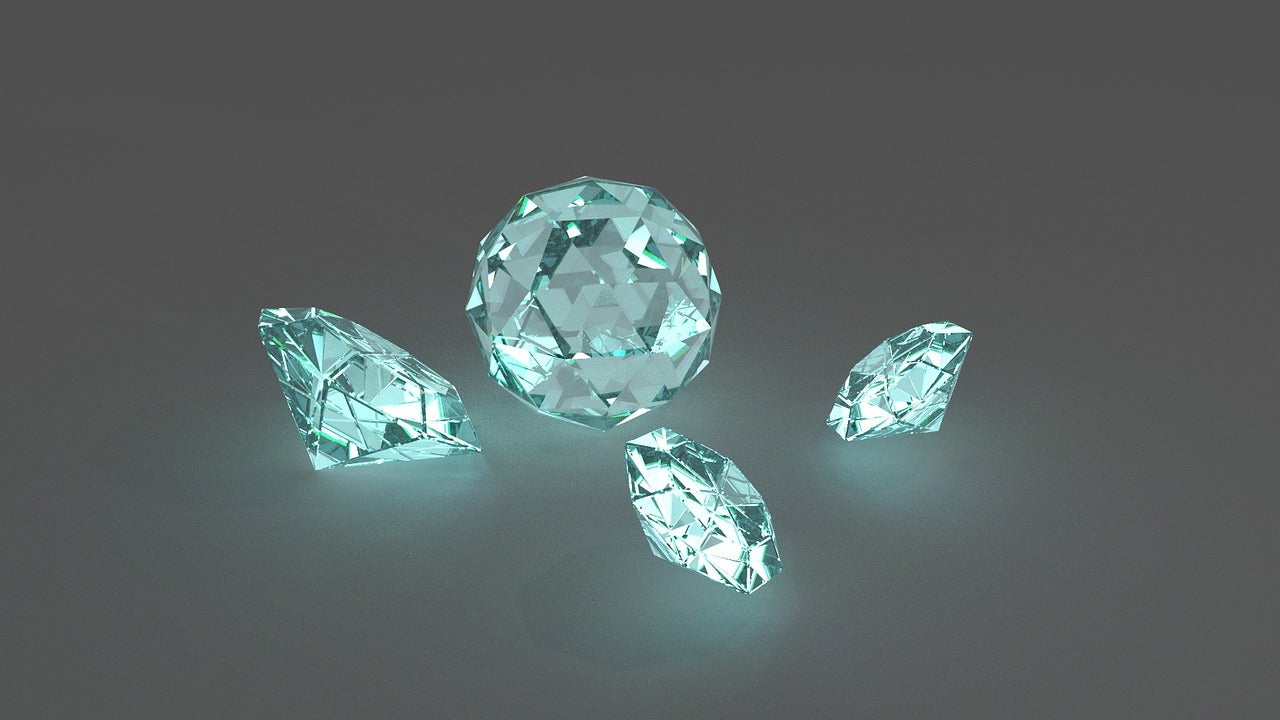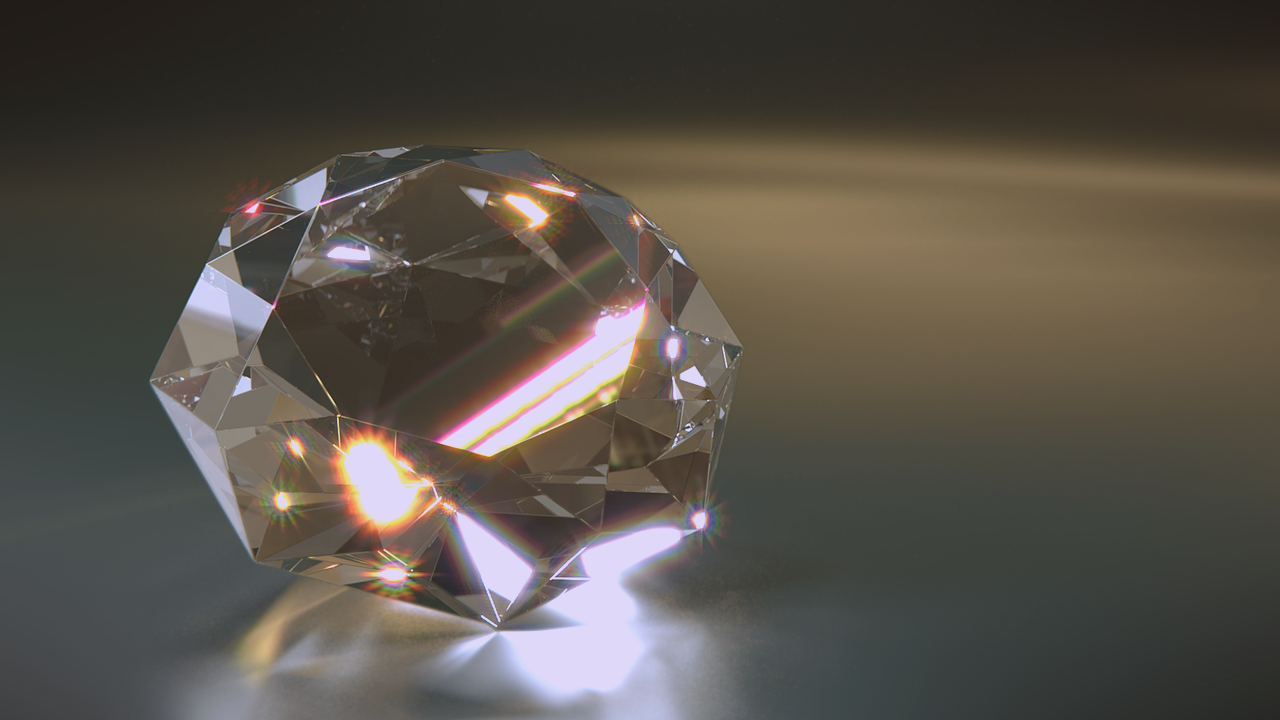Diamonds are a particularly unusual type of jewel. It features traits that have an impact on both cost and general quality. A feature's understanding can affect purchasing choices. The buyer's preference and intention still matter at the end of the day. Let's take a closer look at fluorescence and how it affects diamond quality.
What is Diamond Fluorescence?
When a diamond is exposed to long wave Ultra-Violet (UV) light, the amount of a colored glow (often blue) that is visible is referred to as diamond fluorescence. However, not all diamonds fluorece. There are only about 25% of diamonds that display some level of fluorescence where rare ones emit yellow or green instead of blue which occurs to 95% of those that fluoresce. GIA grades fluorescence as None, Faint, Medium, Strong and Very Strong. Below is an example of the different levels.
 What causes fluorescence? A scientific study of this phenomenon entails that submicroscopic structures within the crystal react to UV light. These are specific diamond flaws that create additional visible light when the UV light penetrates the facets and is absorbed. The presence of nitrogen atoms inside the stone is linked to blue fluorescence. A diamond with fluorescence can fluoresce in low levels even in daylight on rare occasions since the sun also releases low levels of UV radiation, however it would not be very visible. Hence, it is suggested to examine a diamond under UV lighting to look for fluorescence.
What causes fluorescence? A scientific study of this phenomenon entails that submicroscopic structures within the crystal react to UV light. These are specific diamond flaws that create additional visible light when the UV light penetrates the facets and is absorbed. The presence of nitrogen atoms inside the stone is linked to blue fluorescence. A diamond with fluorescence can fluoresce in low levels even in daylight on rare occasions since the sun also releases low levels of UV radiation, however it would not be very visible. Hence, it is suggested to examine a diamond under UV lighting to look for fluorescence.
Effects of Fluorescence on Diamond Color
Although diamond fluorescence is not a part of the 4C’s grading (color, clarity, cut, and carat), it is still a consideration when buying diamonds. Fluorescence does not make the stone hazy. Rather, if the stone’s hazy, milky, or cloudy appearance is already pre-existent, fluorescence intensifies this effect when subjected to UV light.
Fluorescence can greatly influence diamonds in different color grades. Below is a common effect when it comes to GIA color grading:
D, E, F Colors = No Fluorescence
Diamonds in this color range do not create fluorescence. They usually appear colorless in both daylight and UV light.
G and Higher Color = Medium Blue Fluorescence
Diamonds with a color grade of G and higher emit medium fluorescence and appear hazy or foggy.
M and Higher Color = Strong to Very Strong Blue Fluorescence
Diamonds in this color grade and higher emit strong, to very strong fluorescence and appear more hazy or foggy.
To find out more about the correlation between diamond color and fluorescence, check out the GIA research on the characterization of the effects of blue fluorescence on diamond appearance.
Things to Consider with Diamond Fluorescence
- Always ask the jeweler to examine the diamond under various lighting conditions, especially UV lighting, when purchasing a diamond.
- Ask for assistance from a reputable jeweler with diamond fluorescence when making your purchase.
- Fluorescence can lower the quality of diamonds with high color grades while diamonds with medium color grade offsets its color when combined with a faint level of fluorescence.
- In other instances, fluorescence can make diamonds appear more colorful.
- Fluorescence does not affect diamond prices equally.
Diamonds are a significant and priceless heirloom that can be passed down through the generations. Fluorescence can either be advantageous or detrimental. In the end, whether you find stones that glow fascinating depends on your preferences.
Need help with diamond fluorescence? Book your FREE consultation today!


